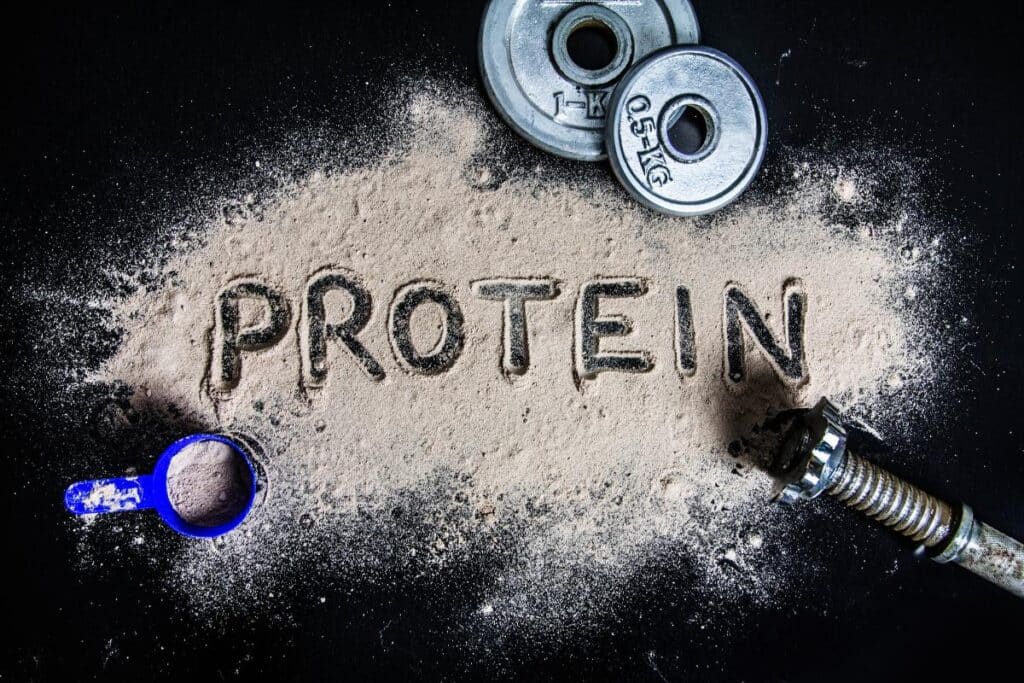The quest for muscle isn’t just a vanity project; it’s a journey towards better health, functionality, and quality of life. Whether you’re aiming to sculpt a bodybuilder’s physique, bolster your strength for athletic performance, or simply looking to maintain muscle mass as you age, understanding the role of muscle and protein turnover is crucial. In this article, we will explore the science of muscle growth, the importance of protein turnover, and provide practical advice on optimizing both to build muscle or prevent muscle loss.
The Science of Muscle Growth
Muscle growth, or hypertrophy, is the result of a complex interplay between resistance training and the body’s adaptive response. When we subject our muscles to stress beyond what they’re accustomed to – typically through weight training or resistance exercises – we create microscopic tears in the muscle fibers. This damage acts as a signal for the body to begin a repair process, which, if paired with adequate nutrition and recovery, results in muscle growth.
Protein Turnover: The Cycle of Renewal
Protein turnover is the continuous process of degradation and synthesis of protein within the body. Every day, our bodies are busy breaking down old proteins and constructing new ones in a delicate balance that is influenced by various factors including diet, exercise, and hormonal environment.
Muscle Protein Synthesis (MPS)
Muscle protein synthesis is the process of building new proteins, which includes the creation of new muscle fibers. MPS is stimulated by dietary protein intake and resistance exercise. Amino acids, the building blocks of proteins, are the key players in this process. Leucine, in particular, is a potent trigger for MPS.
Muscle Protein Breakdown (MPB)
On the flip side, muscle protein breakdown is the process of degrading old or damaged proteins. MPB is a natural part of the muscle remodeling process, but when it outpaces MPS, muscle loss can occur. Factors like inadequate protein intake, excessive stress, and prolonged inactivity can tip the scales towards MPB.
Balancing the Scales for Muscle Gain
For muscle growth, the rate of MPS must exceed MPB over time. This anabolic state is achievable through strategic nutrition and exercise.
Nutritional Strategies:
- Adequate Protein Intake: Consume enough protein throughout the day to stimulate MPS. Research suggests aiming for 1.6 to 2.2 grams of protein per kilogram of body weight, spread across three to four meals.
- Timing and Quality: Consider the timing of protein intake, particularly post-workout. High-quality proteins rich in essential amino acids, like whey protein, are particularly effective in stimulating MPS.
- Overall Diet: Ensure you’re in a slight caloric surplus to provide the energy necessary for muscle growth. Pairing this with a balanced intake of carbs and fats will further support training and recovery.
Exercise Strategies:
- Resistance Training: Engage in a consistent strength training program focused on progressive overload – gradually increasing the weights or resistance over time.
- Volume and Intensity: A combination of high and moderate-intensity sessions throughout the week can stimulate different aspects of muscle growth and repair.
- Recovery: Allow adequate recovery between training sessions to let MPS do its work. Overtraining can increase MPB and negate the gains made from your workouts.
Combating Muscle Loss
As we age, our bodies tend to tip towards a catabolic state where MPB is more pronounced. To combat this and prevent muscle loss, known as sarcopenia, the principles of muscle growth still apply, with an emphasis on regular resistance exercise and sufficient protein intake. Additionally, older adults may need a slightly higher protein intake to elicit the same MPS response as younger individuals.
Conclusion
Muscle and protein turnover are critical concepts in the realm of fitness and body composition. Whether your goal is to build muscle or prevent its loss, the principles are the same: prioritize protein, engage in regular resistance training, and manage recovery. By applying these science-backed strategies, you can influence your body’s protein turnover in your favor, helping to ensure that you build and maintain the muscle mass that supports a vibrant, active life.
Remember, while the information provided is rooted in scientific research, individual needs can vary. It’s always a good idea to consult with a healthcare provider or a fitness professional before starting any new nutrition or exercise program.
If you love bodybuilding, share this article on Facebook or Twitter so that others can learn more about building muscle.




